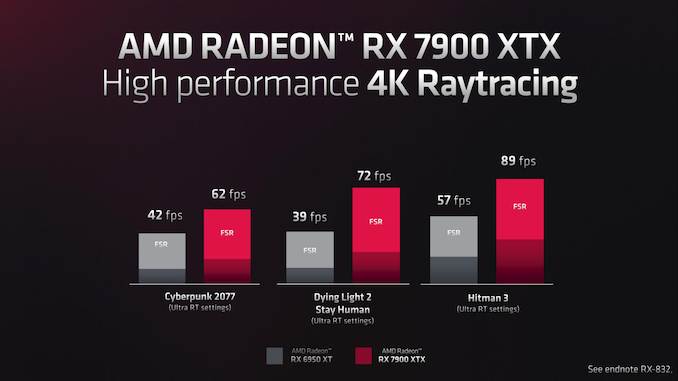DavidGraham
Veteran
So with RTXDI, NVIDIA posted some interesting performance numbers for ray tracing vs raster in Unreal Engine 5.
RTXDI enables hundreds of ray traced lights per scene, all shadow casting ray traced shadows, with area lights, point lights and emessive properties .. the shadow cast are ray traced soft shadows as well. RTXDI renders those lights in a single pass, significantly boosting performance .. Traditional ray tracing lights and shadows are much slower in comparison. Obviously raster has much less visual capabilities, shadow casting lights use shadow maps, and the lights has to be culled and even streamed according to distance, because otherwise raster can't handle this many lights.
Scene 1: hundreds of lights, comparing RTXDI vs traditional ray tracing.
RTXDI: 80 fps
Raster: 30 fps
RTXDI is 2.6X times faster than traditional ray tracing.
Scene 2: one light source, RTXGI, ray traced shadows, ray traced AO and ray traced reflections vs raster with no dynamic GI, or soft shadows, or reflections.
RTXGI: 73fps
Raster: 63fps
Ray Tracing is 15% faster than raster, while delivering much higher image quality.
Scene 3: hundreds of lights, with RTXDI, RTXGI, ray traced shadows and ray traced AO, vs Raster with no GI, AO, or soft shadows.
Ray Tracing: 50fps
Raster: 25fps
Ray Tracing is 2X times faster than raster, while delivering much higher image quality.
RTXDI enables hundreds of ray traced lights per scene, all shadow casting ray traced shadows, with area lights, point lights and emessive properties .. the shadow cast are ray traced soft shadows as well. RTXDI renders those lights in a single pass, significantly boosting performance .. Traditional ray tracing lights and shadows are much slower in comparison. Obviously raster has much less visual capabilities, shadow casting lights use shadow maps, and the lights has to be culled and even streamed according to distance, because otherwise raster can't handle this many lights.
Scene 1: hundreds of lights, comparing RTXDI vs traditional ray tracing.
RTXDI: 80 fps
Raster: 30 fps
RTXDI is 2.6X times faster than traditional ray tracing.
Scene 2: one light source, RTXGI, ray traced shadows, ray traced AO and ray traced reflections vs raster with no dynamic GI, or soft shadows, or reflections.
RTXGI: 73fps
Raster: 63fps
Ray Tracing is 15% faster than raster, while delivering much higher image quality.
Scene 3: hundreds of lights, with RTXDI, RTXGI, ray traced shadows and ray traced AO, vs Raster with no GI, AO, or soft shadows.
Ray Tracing: 50fps
Raster: 25fps
Ray Tracing is 2X times faster than raster, while delivering much higher image quality.



